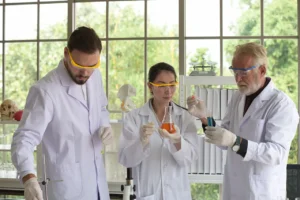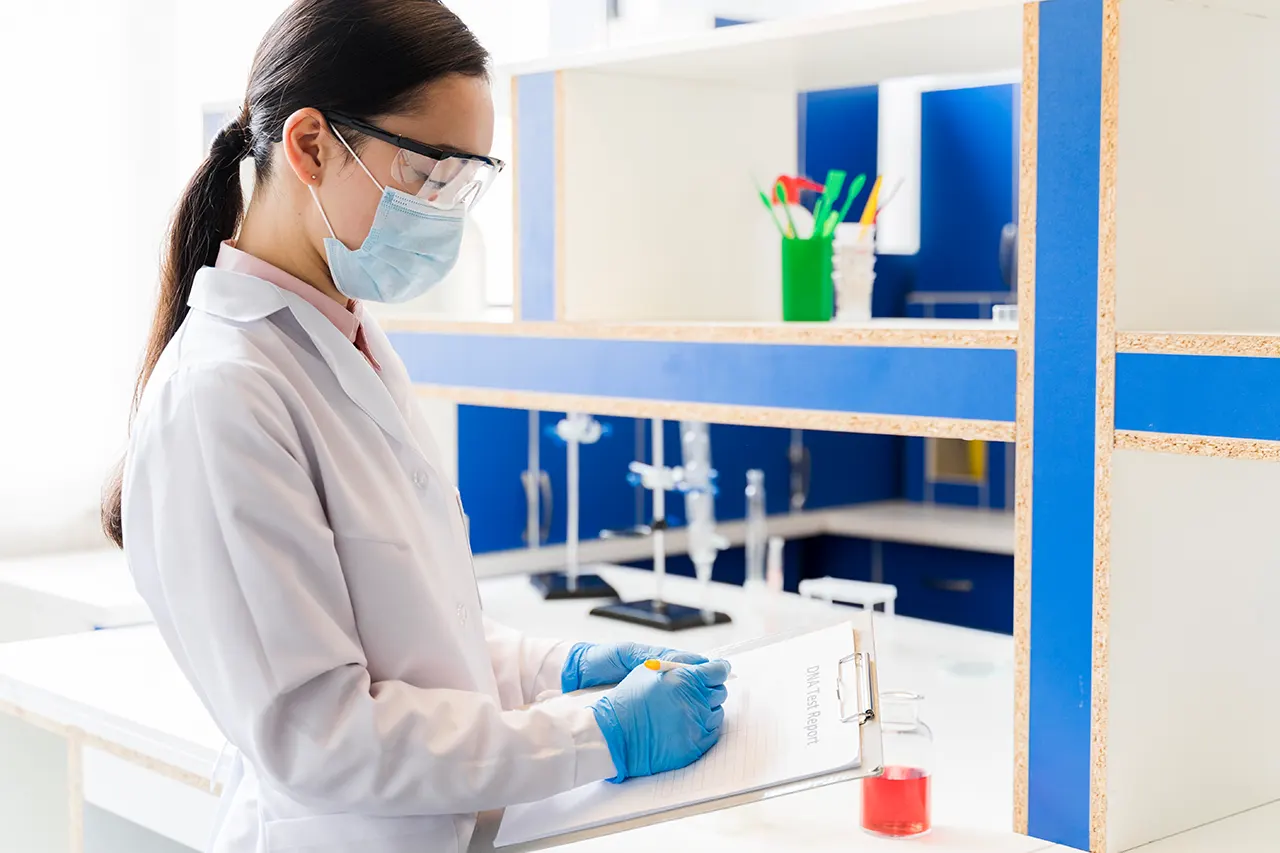
In-Depth: Why Merck, Germany Chemicals Are Trusted in Labs Worldwide
In the scientific community, a brand name is synonymous with quality and reliability. This article explores why “Merck” is the name researchers around the world trust.

A scientific laboratory is filled with various chemicals, which serve as essential raw materials for innovation and research. However, if these chemicals are not stored properly, they can become ticking time bombs that may cause serious accidents at any time, including fires, explosions, or toxic leaks. Therefore, implementing a proper chemical storage system is not just about organization—it is a crucial aspect of laboratory safety.
Many people may still misunderstand and store chemicals alphabetically for easy retrieval, which is a “very dangerous” practice. This article will introduce the correct and safe principles for chemical storage to ensure that your laboratory is truly a safe working environment.
Arranging chemicals in alphabetical order is one of the most serious mistakes because chemicals with conflicting properties may be placed close to each other. Imagine acetic acid (an acid) stored next to acetaldehyde (a highly flammable substance). If a container leaks, these two chemicals could react and cause a fire. Therefore, The correct principle is to store chemicals according to their compatibility, categorized by their hazard classes.
Chemicals should be separated into groups and stored in clearly designated areas or cabinets. The main groups that must always be kept apart include:
Summary
Implementing a good chemical storage system is not complicated; it is a systematic process based on understanding the properties of each chemical, segregating them according to compatibility, clear labeling, and choosing appropriate storage cabinets. This is the most worthwhile investment in safety for everyone in the laboratory.
We not only sell high-quality chemicals, but we also provide basic advice on chemical management according to international standards so that you can work confidently and safely. MIT Trade We not only sell high-quality chemicals, but we also provide basic advice on chemical management according to international standards so that you can work confidently and safely.

In the scientific community, a brand name is synonymous with quality and reliability. This article explores why “Merck” is the name researchers around the world trust.

Cultivation of microorganisms is the heart of microbiology, and culture media is a key factor. This article will introduce you to the types of culture media.

In a laboratory full of chemicals and instruments, safety is of utmost importance. This article will introduce you to 5 essential protective equipment.
เว็บไซต์ mit-trade.com มีการใช้งานเทคโนโลยีคุกกี้ หรือ เทคโนโลยีอื่นที่มีลักษณะใกล้เคียงกันกับคุกกี้ บนเว็บไซต์ของเรา โปรดศึกษา นโยบายการใช้คุกกี้ และ นโยบายความเป็นส่วนตัวของข้อมูล ก่อนใช้บริการเว็บไซต์ ได้ที่ลิงค์ด้านล่าง